This is the FINAL post for The 52 New Foods Challenge! WOW! It has taken me MUCH longer that 52 weeks to blog about this, but hey, I stuck with it!!
Pomegranates are a fruit that I didn’t really eat until I was an adult. I loved buying the ready-to-go pomegranate seeds at Trader Joe’s! So easy! They are quite a fun snack, although they are a bit of work when you buy the whole fruit. I also enjoy adding pomegranates to salads. The seasonal Thanksgiving salad that I mentioned here, also had pomegranate seeds. Danielle Walker of Against All Grain adds them to a Brussels sprouts dish, which adds a delightful twist.
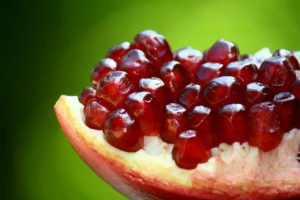 Jennifer Tyler Lee suggests making a sauce using pomegranates instead of cranberries or add them to a wild rice and pistachio dish. Both sound delicious!
Jennifer Tyler Lee suggests making a sauce using pomegranates instead of cranberries or add them to a wild rice and pistachio dish. Both sound delicious!
Food Facts:
- Pomegranates are thought to be the forbidden fruit in the Garden of Eden, rather than apples.
- They originate from Iran.
- The red seeds are called arils.
- Pomegranates are a good source of vitamins K, E, and B6, and folate, potassium, manganese, and pantothenic acid.
- Rich source of antioxidants, especially tannins and flavonoids.
- Studies show that pomegranate juice can inhibit the growth of breast, prostate, colon, and lung cancers.
- Pomegranates have been shown to be heart protective, as it can improve blood pressure and improve blood flow.
From:
The 52 New Foods Challenge by Jennifer Tyler Lee and Superfoods
by Tonia Reinhard.
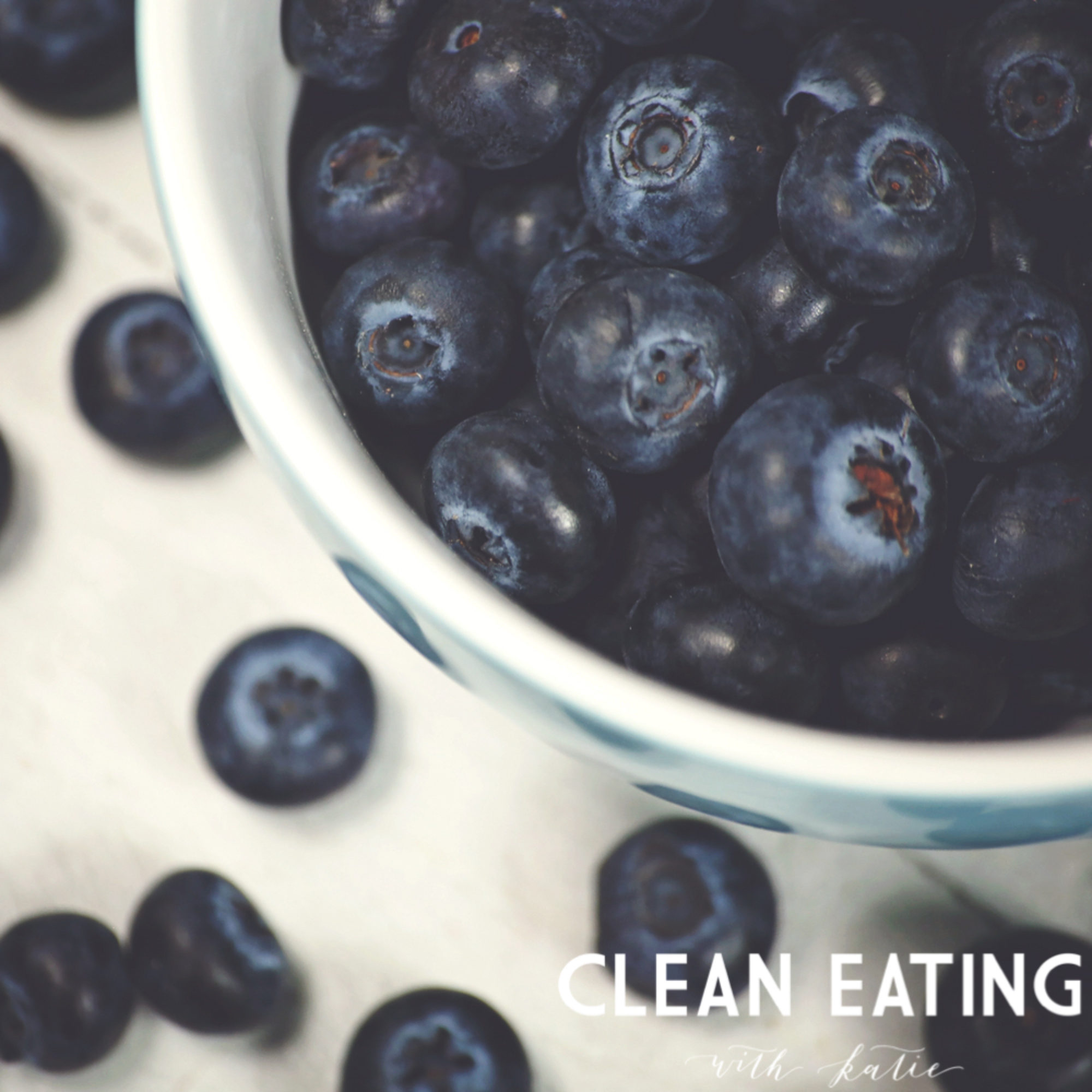
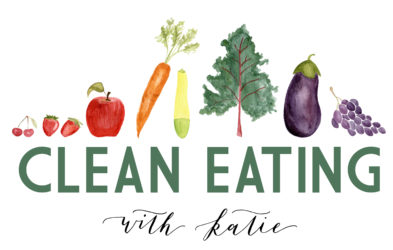
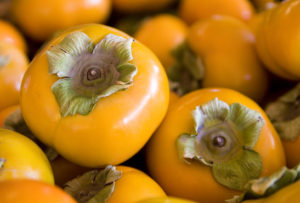 Persimmons are a relative of the apple and the pear.
Persimmons are a relative of the apple and the pear.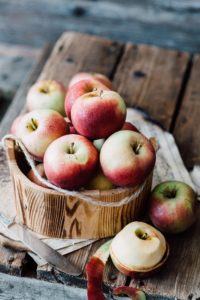 As an adult, I have come to really like all kinds of pink apples: pink lady, fuji, gala, and honeycrisp. I also only eat apples during apple season and during the very early weeks of cold storage. In Northern California, apple season begins in mid-late July and generally lasts until October. Thus, I only consume apples from July-December.
As an adult, I have come to really like all kinds of pink apples: pink lady, fuji, gala, and honeycrisp. I also only eat apples during apple season and during the very early weeks of cold storage. In Northern California, apple season begins in mid-late July and generally lasts until October. Thus, I only consume apples from July-December.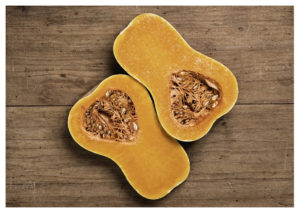 Jennifer Tyler Lee also suggests butternut squash soup and a maple roasted butternut squash. Yum!
Jennifer Tyler Lee also suggests butternut squash soup and a maple roasted butternut squash. Yum!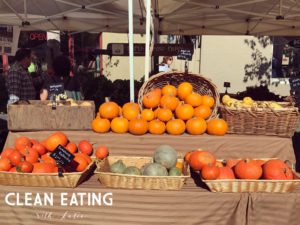 onths.
onths.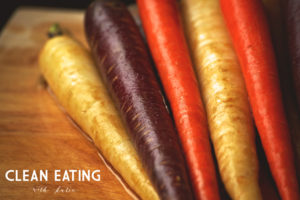
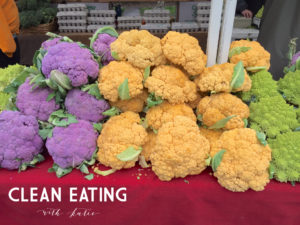
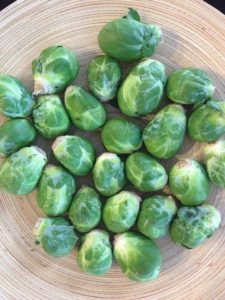
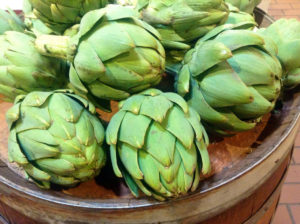 The Globe/French artichoke is the most nutrient dense variety.
The Globe/French artichoke is the most nutrient dense variety. and just I had to include it for this post. It is me to a T. While garlic is not new to most any of us, there are always new and inventive ways to include this superfood in your diet. I include it in tomato sauces, in my bone broth, in stuffed peppers,
and just I had to include it for this post. It is me to a T. While garlic is not new to most any of us, there are always new and inventive ways to include this superfood in your diet. I include it in tomato sauces, in my bone broth, in stuffed peppers,  Has been demonstrated to protect against atherosclerosis, heart disease, elevated cholesterol levels, elevated blood pressure.
Has been demonstrated to protect against atherosclerosis, heart disease, elevated cholesterol levels, elevated blood pressure.